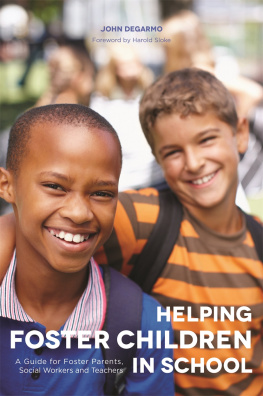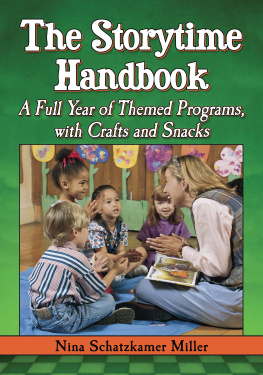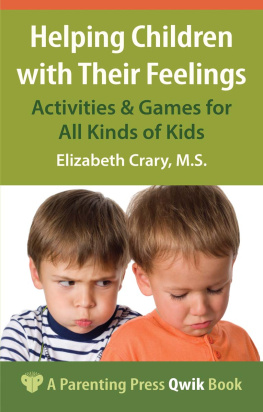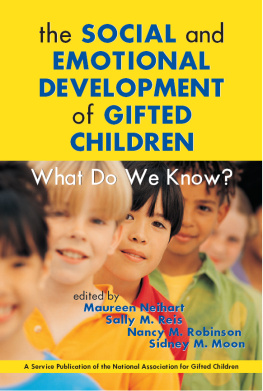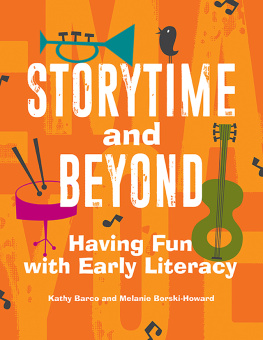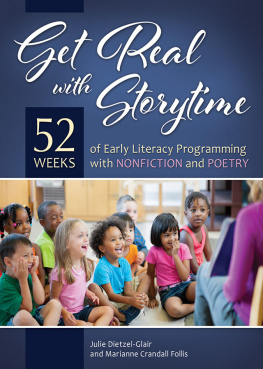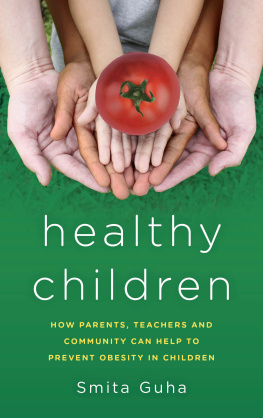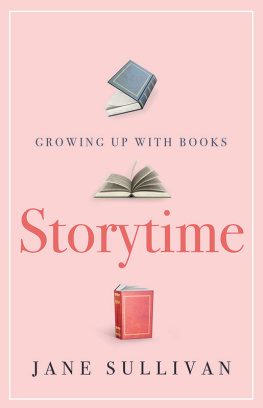BRINGING HEART AND MIND INTO STORYTIME
Using Books and Activities to Teach Empathy, Tenacity, Kindness, and Other Big Ideas
Heather McNeil

Copyright 2022 by Heather McNeil
All rights reserved. No part of this publication may be reproduced, stored in a retrieval system, or transmitted, in any form or by any means, electronic, mechanical, photocopying, recording, or otherwise, except for the inclusion of brief quotations in a review, without prior permission in writing from the publisher.
Library of Congress Cataloging-in-Publication Data
Names: McNeil, Heather, author.
Title: Bringing heart and mind into storytime : using books and activities to teach empathy, tenacity, kindness, and other big ideas / Heather McNeil.
Description: Santa Barbara : Libraries Unlimited, [2022] | Includes bibliographical references and index.
Identifiers: LCCN 2021043302 (print) | LCCN 2021043303 (ebook) | ISBN 9781440877179 (paperback) | ISBN 9781440877186 (ebook)
Subjects: LCSH: Affective education. | Children's storiesPsychological aspects. | Childrens books.
Classification: LCC LB1072 .M387 2022 (print) | LCC LB1072 (ebook) | DDC 370.15/34dc23/eng/20211103
LC record available at https://lccn.loc.gov/2021043302
LC ebook record available at https://lccn.loc.gov/2021043303
ISBN: 978-1-4408-7717-9 (paperback)
978-1-4408-7718-6 (ebook)
26 25 24 23 22 1 2 3 4 5
This book is also available as an eBook.
Libraries Unlimited
An Imprint of ABC-CLIO, LLC
ABC-CLIO, LLC
147 Castilian Drive
Santa Barbara, California 93117
www.abc-clio.com
This book is printed on acid-free paper 
Manufactured in the United States of America
CONTENTS
INTRODUCTION
ITS STORYTIME
The children toddle, run, and skip their way into the room. If its a public library, caregivers accompany them, book bag in one hand, eyes watching their child and simultaneously selecting their place on the floor. One child decides to demonstrate how well she can twirl and how sparkly her tutu is as she twirls. Another immediately asks for his snack, and his father pulls out the traditional box of raisins. A boy and a girl recognize each other and with squeals of delight they hug, then bend, butts in the air, and then on the floor as one shows the other new shoes and the other fusses with her hat until the parent removes it, all the while chatting with the boys parent. Several children sit quietly, nestled in their mothers laps, watching the waiting librarian with wide eyes. The librarian smiles; they stare.
If its a preschool, teachers guide the children to sit in rows, crisscross applesauce. Some sit facing the wrong direction, and she reminds them to face the flannel board. Heads swivel, looking for friends or who is crying or a chance to sit next to a favorite teacher. There is jostling, adjustment, rearranging, settling.
And then storytime begins. Hello, friends. Good morning, everyone. There is a welcome song.
Here We Are at Storytime
Tune: The More We Get Together
Here we are at storytime, at storytime, at storytime (everyone claps along)
Here we are at storytime, at storytime today.
Well read books and sing songs
Well have fun and get along.
Here we are at storytime, at storytime, HOORAY! (arms up and shout)
The story reader gives an introduction to the theme, followed by the story song/rhyme to get everyone ready to listen.
Tune: Skip to My Lou
Time to sit at storytime (clap along)
Time to listen at storytime (hands around ears)
Time to look at storytime (hands around eyes)
Time to be at storytime. (clap along)
Then the first book is brought to life, and the fun begins.
At the library there could be anywhere from 10 to 100 in the audience. At the preschool, perhaps fifteen to thirty. Each of the children has his or her own life experience, including disappointments, joys, fears, triumphs, losses, dreams, nightmares, changes, and traditions. One is hoping for a chance to share minute details of the fall that happened on the way into the library, leaving a small scrape on his knee and traces of tears on his cheeks. Another is still remembering how scary it was when she couldnt find her mother in the lobby so she sits close to her, thumb in mouth. A third is anxious because hes going to see his father after storytime and there are sometimes ugly words between his parents as he is passed from one to the other. At the preschool, a child is still hiccupping from the meltdown that occurred just before leaving the classroom, brought on by hunger or fatigue or sadness about Grams or, most likely, a bit of all three. Another child is simply afraid. Of everything. Of the boy sitting next to him. Of the big mouse on the flannel board. Of not being picked up at the end of the day and being all alone all night long. Another child is embarrassed because she just had a wet accident and she doesnt want the teacher to find out because then shed have to leave and everyone will know and she really wants to hear the story. And one child is wishing she could tell the teacher about that mean thing she saw happen.
So many tiny hearts beating with challenges and wonderings. So many active minds filled with questions and uncertainties. So many little bodies eager for hugs or to be left alone. Amid all this diversity of emotions, storytime can be a haven, a time for discovery, an awakening of feelings, an acceptance of self. Stories can help a child navigate, prepare, verbalize, understand. The story reader can open not only the pages of a book but also the awareness of emotions ranging from fortitude, to patience, to honesty. But how can that be done safely, without embarrassment or violation of privacy, in a room full of differences?
I believe the answer lies in carefully presenting social and emotional concepts at storytime through not only the books but also through songs, rhymes, and activities that allow the child to explore the concept in a myriad of ways, discarding what is not applicable and thoughtfully embracing what is helpful or comforting. Perhaps when a girl is told, as my daughter was, that you cant join in the game if you have black hair, shell remember hearing the book, Princess Hair by Sharee Miller and feel confident enough to say, Thats not nice. Anyone can play. Or maybe when a boy doesnt want to share his building blocks, hell remember how much fun Groovy Joe has when he shares his ice cream with the dinosaurs in Groovy Joe: Ice Cream and Dinosaurs by Eric Litwin. The boy might even recite the repeating phrase, He put on a bib. He pulled up a chair. What did Joe say? Its awesome to share! Then hell invite the hopeful boy waiting to be invited.
My experience with social and emotional learning (SEL) at storytime began years ago, before SEL was a popular term. In response to the requests we received at the Edwin A. Bemis Public Library in Littleton, Colorado, for bibliotherapeutic books to help children with lifes challenges, we created puppet shows starring Tumbleweed the coyote. Each puppet show was an original script, focusing on an issue of childhood such as moving, babysitters, or making friends. When I later worked at the Deschutes Public Library in Oregon, we continued the idea, but instead of Tumbleweed the Coyote, we had Rockie the Raccoon as our star. Rockie/Tumbleweed would have some challenge in his life, and, through listening to the librarian read books, joining in on silly songs, and talking with the children, he would work his way through, discovering possible solutions. Heres the beginning of the script about Feelings:
Next page

